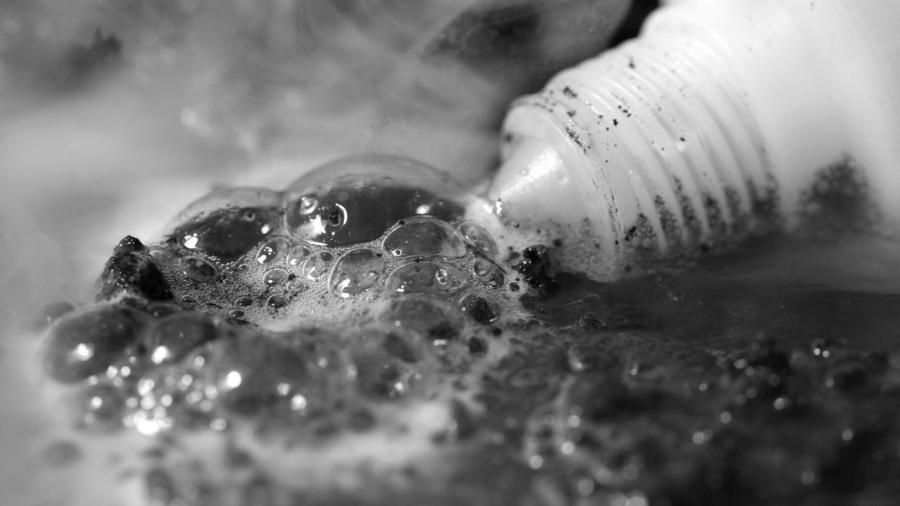What Happens When Metals React With Acids?

While exploring what happens when metals come in contact with acids, it is apparent that most, but not all, have some sort of reaction, usually forming hydrogen gas. The result is the production of salts.
Hydrochloric Acid Some metals dissolve in this acid and this results in the formation of hydrogen gas and oxidized metal chlorides. When in this acid, some metals are more vulnerable to corrosion than others. This is the result of how quickly they give electrons and their overall atomic structure when exposed to an acidic solution. Two examples of metals that are more susceptible to corrosion include magnesium and zinc.
Sulfuric Acid Beryllium and magnesium are most commonly exposed to this acid. When exposure happens, the formation of hydrogen gas occurs. Colorless solutions of magnesium or beryllium sulfate also form.
Strontium, calcium and barium might also be exposed to dilute sulfuric acid. While barium and strontium sulfates are mostly insoluble, calcium sulfate is soluble. With barium and strontium, when they are exposed to dilute sulfuric acid, a layer of insoluble sulfate forms. This essentially stops or slows the reaction entirely.
With calcium, there is the production of some hydrogen. However, it is also common for the formation of a white calcium sulfate precipitate to develop.
Scientists might mix zinc with sulfuric acid to create hydrogen that can be used for various scientific experiments. The reaction between the two can be sped up by adding some copper sulfate to the mix.
Nitric Acid In most cases, when this reaction happens, the metals usually take the hydrogen ions and reduce them to a hydrogen gas. As a result of the process, the elemental metals transform into metal cations due to oxidation.
Nitrate ions are typically easy to reduce to become nitrogen dioxide and nitrogen monoxide. Because of this, the metals that react with this acid usually do not form hydrogen gas, but oxides of nitrogen instead.
In instances where the nitric acid is dilute, nitrogen monoxide is formed, but as soon as this is exposed to atmospheric oxygen, it is transformed into nitrogen dioxide. Nitrogen dioxide is immediately formed when concentrated nitric acid is utilized.
Dilute Acids A dilute acid is one that is simply mixed with a large amount of water. Like acids that are not diluted, when exploring what happens when metals react with acids, not all metals will. Beryllium is a good example. The surface of this metal has a thin oxide layer that helps to protect it when it is exposed to acid. However, this is not true for the powder form of beryllium. It will dissolve quickly when exposed to dilute hydrochloric, sulfuric or nitric acid.
With dilute acids, metals usually displace the hydrogen. However, there are some exceptions to this rule, including platinum, gold, silver and copper. They are unable to displace the hydrogen when an anion is not metal.
Sodium has a violent reaction when exposed to dilute hydrochloric acid. The result is hydrogen and sodium chloride. Magnesium has a fast reaction when exposed to the same acid. It results in the formation of hydrogen gas and magnesium chloride.





